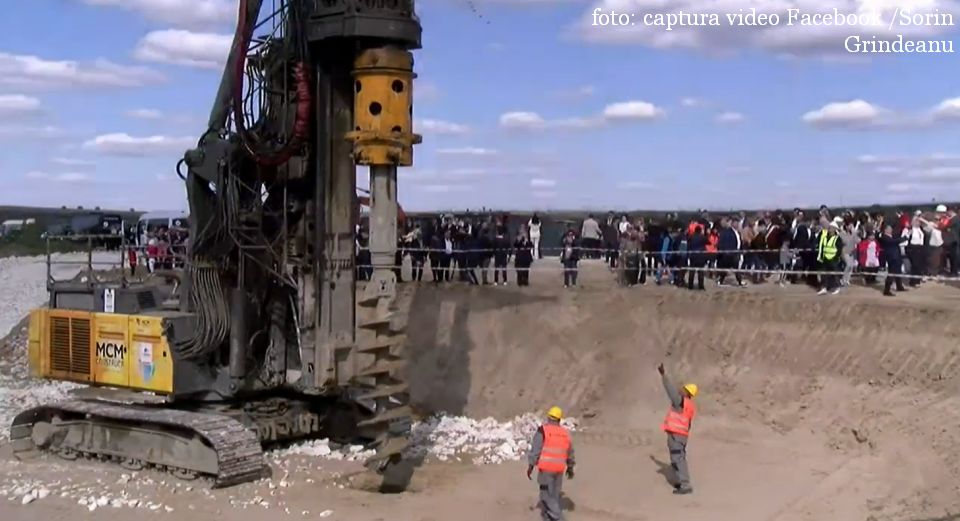Updated inflation forecast
The inflation rate will continue to go down in Romania, although at a slower pace than anticipated

Ştefan Stoica, 16.05.2024, 14:00
The National Bank of Romania has increased its estimate on the inflation rate in Romania for the end of 2024, from 4.7% to 4.9%. At the same time, the Bank maintained the inflation forecast for the end of next year at 3.5%. Central Bank Governor Mugur Isărescu on Wednesday presented an updated inflation report, explaining why the level of the inflation rate will exceed the original estimates at the end of the year. Inflation will continue its downward trajectory, although at a slower pace than expected, Isărescu said. The Central Bank is trying to lower inflation, without however triggering a recession, he added. The Governor of the Central Bank claims that returning the inflation rate to the reference target range will depend a lot on the timing the Bank decides to reduce the reference interest rate, but also on its level. At the start of the week, the Central Bank Board of Directors decided to maintain the monetary policy interest rate, also known as the “reference interest rate”, at the level of 7% per year.
The Governor of the National Bank also said that a favorable evolution of the inflation rate this month could prompt the Board of Directors to decide to reduce the reference interest rate, which influences all interest rates charged by commercial banks. Such a decision, however, depends on the entire evolution of the local economy, as well as on international developments. However, Mugur Isărescu does not exclude the possibility that the decision will be postponed to the second half of the year or even be ruled out entirely for 2024. On the other hand, the Central Bank Governor said that revenues increase much more than productivity overall, which will have a significant impact on inflation, adding that he expects to see productivity increase as well. Mugur Isărescu referred to the latest statistical data, which confirms that the average net salary exceeded the equivalent of 1,000 EUR in March. The main uncertainties and risks regarding the evolution of the inflation rate continue to be related to fiscal and budget policies, being linked to the high budget deficit, the salary dynamics and the additional fiscal-budgetary measures that could be implemented in order to continue the budget consolidation. Other elements, such as the potential effects of the wars in Ukraine and the Middle East, also impact the evolution of the inflation rate.
The annual inflation rate continued to decrease and reached 5.9% in April compared to 6.61% in March, the National Institute of Statistics announced this week. Prices for foodstuffs and services reported slight increases, below 1%. In contrast, prices for non-food products went down. According to the European Commission’s spring forecast, Romania’s economic growth remains one of the most robust in the EU, 3.3% per year. On the downside, Romania has the highest inflation rate at community level, almost 6%, nearly twice the European average. (VP)






























